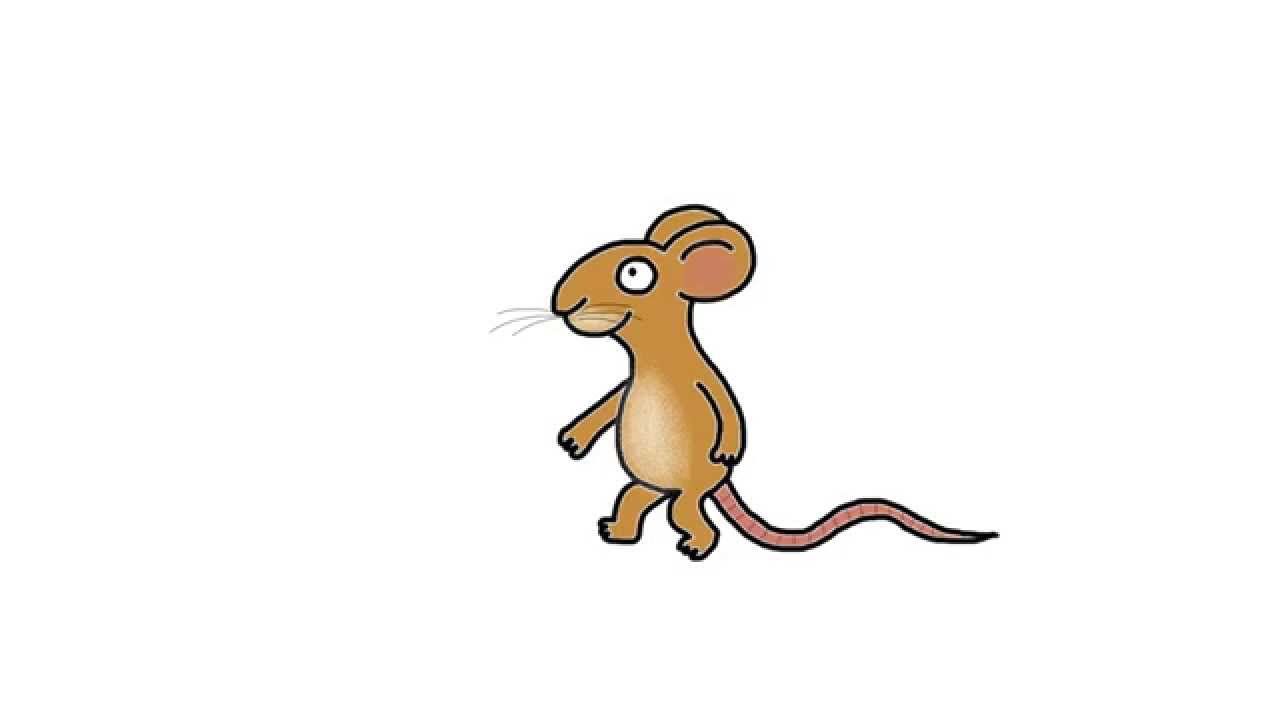Don't get me wrong - I'm not opposed to new. I'm not opposed to modifying or improving.i cant fault the make do a mend, have a go attitude.
if you do go down the route of replacing your rear tub supports YRM in uk sell galvanised versions (now with correct series support brackets) they also sell the top hat channels which run north south under the floor, and floor plate itself. in the case of the floor plate thats 3mm alloy which brings me onto my actual point. if its an upgrade to an original part (in this case galvanised, or thicker parent material) then i dont mind replacing for new.
The (new) YRM sourced door post has had a bit of a bashing (literally!) as if I'd have tried to fit it as sold, it would have had a tedious knock on effect for many other things such as the front wing and the lower skirting (what's that called again?)...
...but you also need to factor in two other elements to this madness
1) I wanted a challenge and purposefully looked for a pile of crumpled Birmabright junk to play with and learn new skills - I paid as little as I could for the vehicle expecting it to be rubbish
2) I'm in Holland - the easy way out - the money hammer - has to be a lot bigger: Shipping a replacement chassis or a replacement bulkhead would be mental. The shipping has been bad enough for other parts despite the good deal from both of the 'addocks (5 GBP plus VAT for a box to Holland)
So in some respects what I'm doing is partly because I like this kind of ****, but there's also an element of "if I don't do it myself then I might as well chuck it away because it is going to cost too much".
To be honest I didn't expect this vehicle to be this good. The plan was to find a home for my rebuilt Mercedes diesel engine (way better than the CAV fueled three bearing doo dah originally fitted by Land Rover) and make a bit of a bitsa just to mess about with - BUT I have been surprised by the originality of this station wagon and feel I have the opportunity to try and step up to the plate and make it a nice example. Originality is also a nice snake to chase - the far superior OM617 can be put in another more appropriate place some other time...


